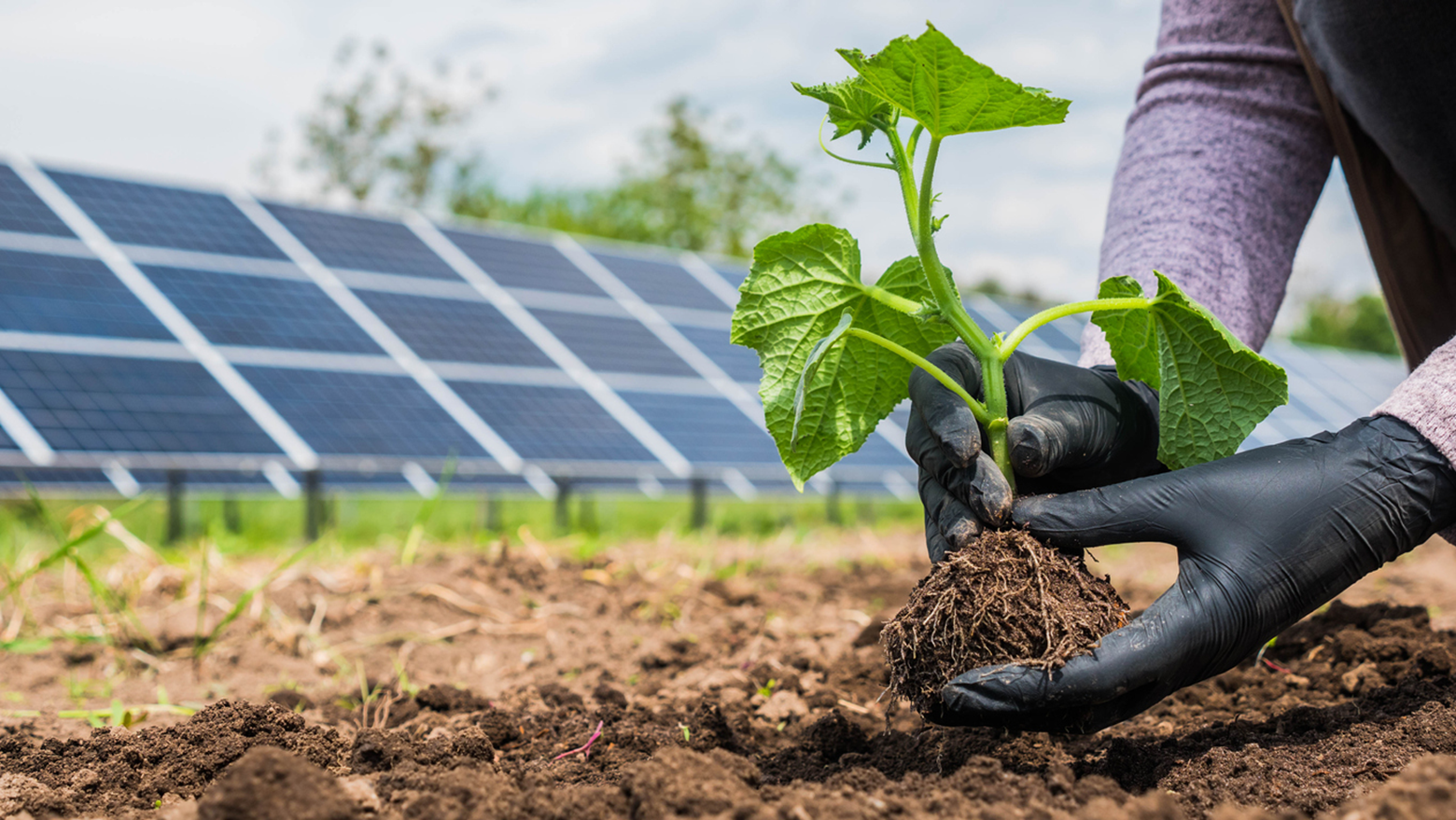Solar Financing and Incentives
Typically, solar installations are paid for through loans, upfront payments, or a power purchase agreement (PPA). A Homeowner’s Guide to Solar Financing is a resource from the Clean Energy States Alliance that provides an overview of the different financing options.
Local and State Incentives
The City of Keene offers a renewable energy tax exemption for solar, wind, and woodheating energy systems. Solar and Wind energy system property tax exemptions are valued at the full value of the system, whereas the exemption for woodheating systems is capped at $10,000. Learn more or download the property tax credit/exemptions application.
Information about state incentives can be found in this database maintained by the North Carolina Clean Energy Technology Center (click “Filter” to view incentives specific to New Hampshire).
Federal Incentives
There are many new incentives and funding opportunities available for solar and other clean energy technologies:
- A great place for residents to start identifying the federal incentives for which they are eligible is this calculator from Rewiring America. The rebates and incentives available through the federal Inflation Reduction Act can vary depending on your location and income.
- Additional details about benefits in the Inflation Reduction Act can be found on the White House’s website or the Department of Energy website.
- The Federal Investment Tax Credit for residential solar continues to be one of the most significant ways to reduce the cost of your solar PV system. Learn more about the federal tax credit, eligibility, and other common questions & answers in the Homeowner’s Guide to the Federal Tax Credit for Solar Photovoltaics from the U.S. Department of Energy.
- Businesses should refer to the Federal Solar Tax Credits for Businesses.
- Some solar projects will be eligible for bonus credits on top of the 30% Investment Tax Credit. The Inflation Reduction Act provides up to 20% in bonus credits for qualified solar or wind facilities developed in low-income communities; up to 10% bonus for projects located in “energy communities” that have a historic fossil-fuel economy, high unemployment or are developing solar on a brownfield; and 10% domestic content bonus for projects using the required amounts of U.S.-produced steel, iron and manufactured products.
- The World Resources Institute has created an IRA Bonus Mapper tool to help identify communities that are eligible for the low income and energy community bonus credits.
- Tax-exempt organizations, including non-profit organizations, schools, and government entities, can now take advantage of the federal tax credit through “elective pay” (sometimes referred to as “direct pay.”) An overview of elective pay and Frequently Asked Questions are available from the IRS.

